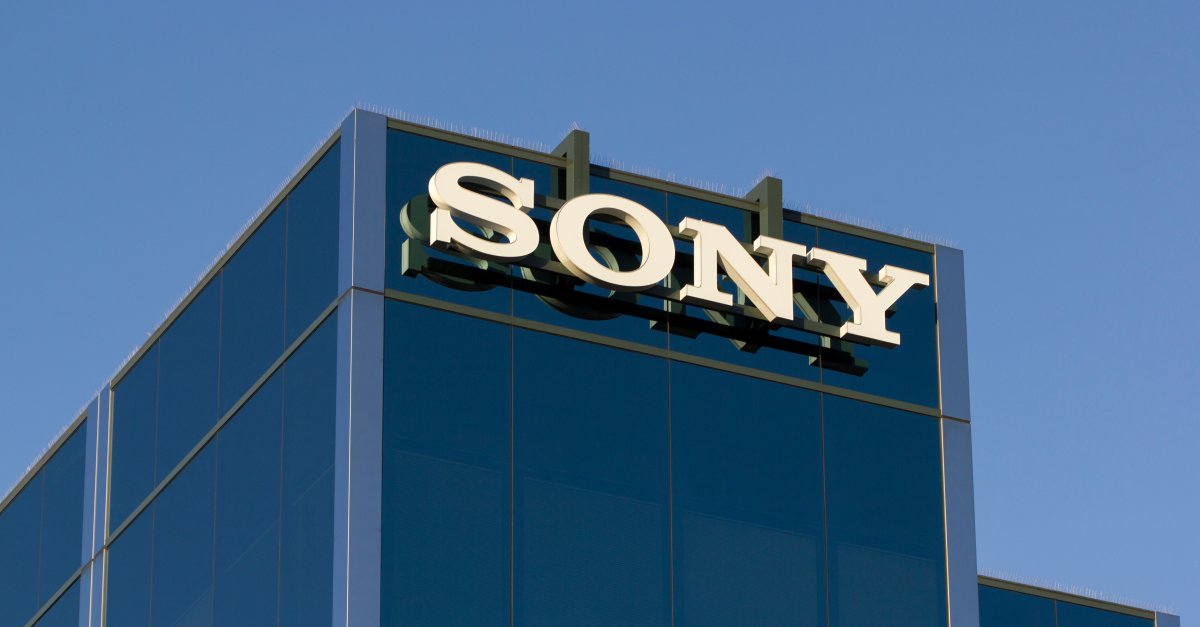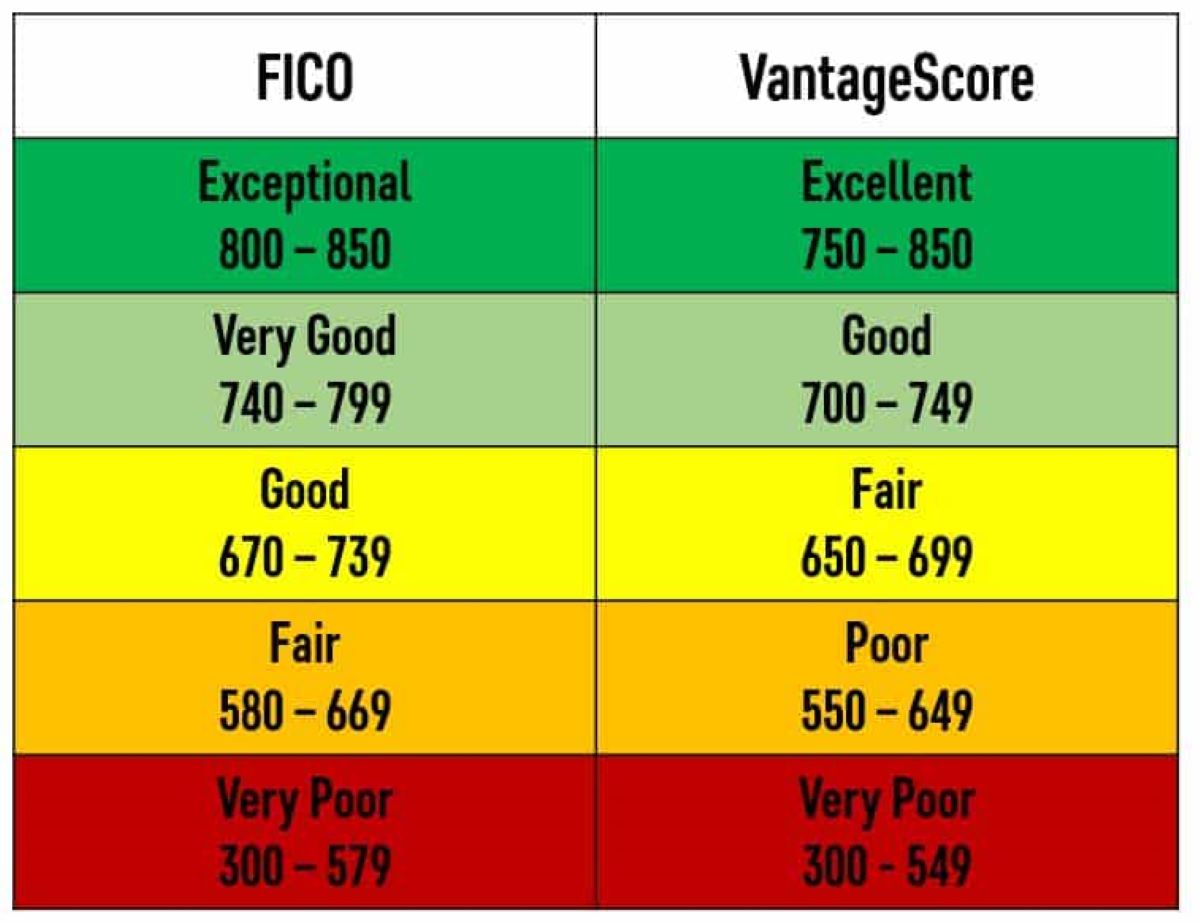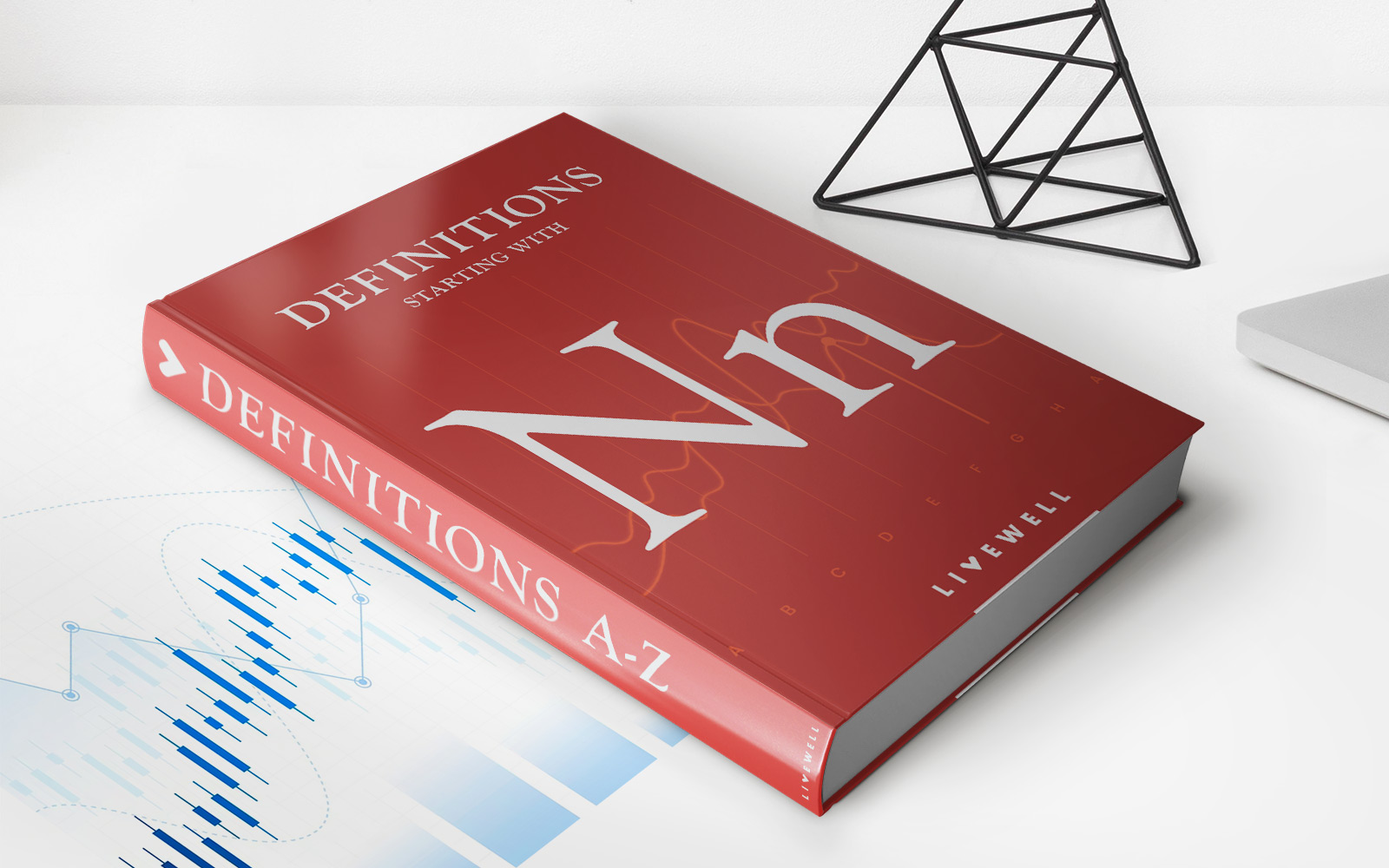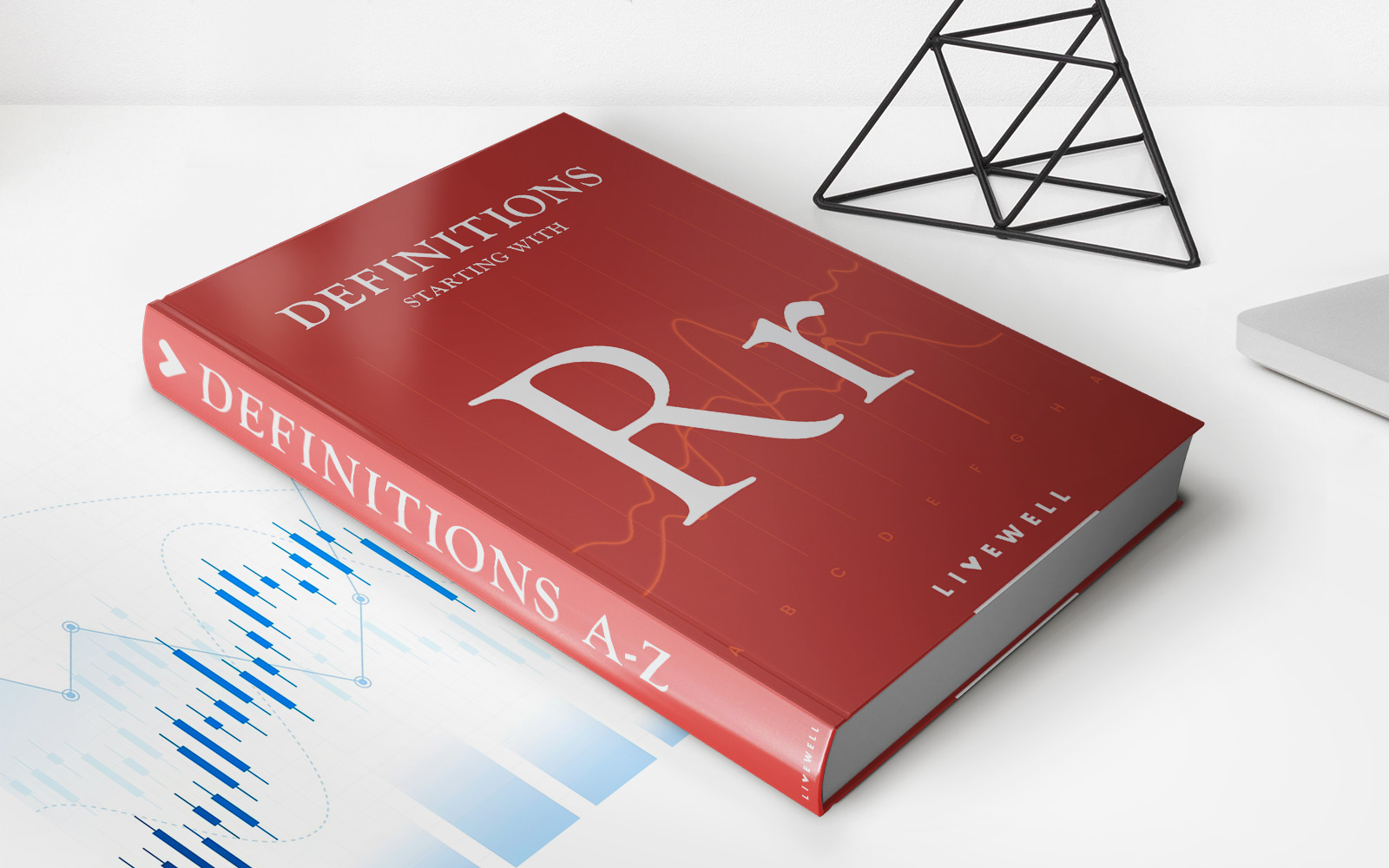Home>Finance>What Is The Firm’s Market Value Capital Structure?


Finance
What Is The Firm’s Market Value Capital Structure?
Published: December 25, 2023
Learn about the finance topic of a firm's market value capital structure and understand its significance in determining financial stability and optimal funding strategies.
(Many of the links in this article redirect to a specific reviewed product. Your purchase of these products through affiliate links helps to generate commission for LiveWell, at no extra cost. Learn more)
Table of Contents
- Introduction
- Definition of Market Value Capital Structure
- Importance of Market Value Capital Structure
- Factors Influencing the Firm’s Market Value Capital Structure
- Pros and Cons of Different Market Value Capital Structures
- Determining the Optimal Market Value Capital Structure
- Case Studies of Firms’ Market Value Capital Structures
- Conclusion
Introduction
When it comes to assessing the financial health of a firm, understanding its market value capital structure is crucial. The market value capital structure refers to the way a company finances its operations through a combination of debt and equity. This structure determines the proportion of debt and equity in the company’s capital, which in turn affects the company’s overall worth in the market.
By evaluating the market value capital structure, investors, analysts, and stakeholders can gain valuable insights into the financial stability and risk profile of a firm. It helps them gauge the level of debt and equity the company is relying on to fund its operations and investments.
The market value capital structure is often expressed as a ratio, indicating the relative proportion of debt to equity. For example, a capital structure ratio of 70:30 means that 70% of the company’s financing comes from debt, while 30% comes from equity.
It is important to note that the market value capital structure differs from the book value capital structure, which is based on historical costs and does not account for market fluctuations. The market value capital structure provides a more accurate reflection of the company’s current financial position.
In this article, we will explore the concept of market value capital structure in detail, highlighting its significance and the factors that influence it. We will also discuss the pros and cons of different market value capital structures and how firms determine their optimal capital structure.
Definition of Market Value Capital Structure
The market value capital structure of a firm refers to the mix of debt and equity that the company uses to finance its operations, investments, and growth. It represents the proportion of ownership and the level of indebtedness within the company.
Debt financing typically involves borrowing funds from external sources, such as banks or bondholders, which the company must repay over a specified period of time with interest. On the other hand, equity financing involves raising capital by selling shares of ownership in the company.
The market value capital structure is expressed as a ratio or percentage, which indicates the relative weight of debt and equity in the firm’s overall capital. For example, a company with a market value capital structure of 60:40 has 60% of its capital financed through debt and 40% through equity.
It is important to note that the market value capital structure can change over time as the company’s financial needs and market conditions evolve. Factors such as economic conditions, industry norms, and the company’s growth prospects can influence the desired mix of debt and equity.
The market value capital structure plays a crucial role in determining the risk and return profile of a firm. Companies with a high proportion of debt in their capital structure are considered highly leveraged and may have higher financial risks. On the other hand, companies with a higher proportion of equity may have more financial stability but may require higher returns to attract equity investors.
Understanding the market value capital structure is essential for investors, creditors, and stakeholders as it provides insights into the financial health and risk exposure of a company. It helps to assess the stability of cash flows, the ability to meet financial obligations, and the resilience of the company in times of economic uncertainty.
Importance of Market Value Capital Structure
The market value capital structure of a firm holds significant importance for various stakeholders, including investors, creditors, and management. Understanding and analyzing the market value capital structure provides valuable insights into the financial health, risk profile, and investment potential of a company.
One of the key reasons why the market value capital structure is important is because it directly affects the company’s cost of capital. Companies have to balance the use of debt and equity to optimize their overall cost of capital. Debt financing typically comes with interest payments, which can be tax-deductible and thus reduce the overall cost of capital for the company. On the other hand, equity financing does not involve interest payments but entails the cost of giving up ownership and potential future dividends. Evaluating and managing the market value capital structure helps companies strike the right balance to minimize their cost of capital.
Another crucial aspect of the market value capital structure is its impact on the company’s risk profile. Companies with a high proportion of debt in their capital structure are more exposed to financial risk. This is because they have fixed obligations to repay principal and interest, which can become challenging during economic downturns or periods of financial instability. By analyzing the market value capital structure, investors and creditors can assess the level of risk associated with the company’s debt burden and make informed decisions about their investments or lending.
The market value capital structure also reflects the company’s financial flexibility and ability to pursue growth opportunities. Companies with a balanced capital structure, with a mix of debt and equity, may have more options to finance their investments and expansion plans. They can leverage debt for short-term needs or specific projects while relying on equity for long-term growth. On the other hand, companies with a heavy reliance on debt may face limitations in accessing additional funding, which can hinder their growth prospects.
Moreover, understanding the market value capital structure allows management to optimize the allocation of resources and make informed financial decisions. It helps them determine the appropriate mix of financing sources and manage the company’s financial risk effectively. By analyzing the market value capital structure of peer companies in the industry, management can also benchmark their own capital structure and assess their competitiveness.
In summary, the market value capital structure is important because it impacts the cost of capital, risk profile, financial flexibility, and growth potential of a company. Analyzing this structure provides valuable insights for investors, creditors, and management to evaluate the financial health and investment viability of a firm.
Factors Influencing the Firm’s Market Value Capital Structure
The market value capital structure of a firm is influenced by a variety of factors, both internal and external. Understanding these factors is crucial for companies to determine and maintain an optimal capital structure that aligns with their financial goals and market conditions.
1. Business Risk: The level of business risk that a company faces can impact its choice of capital structure. Companies operating in more volatile or cyclical industries may opt for a lower proportion of debt to mitigate the financial risk associated with fluctuations in revenue and profitability. On the other hand, companies in stable and predictable industries may be more comfortable with higher levels of debt to take advantage of tax benefits or leverage their assets.
2. Financial Flexibility: The availability of alternative financing options and the company’s financial flexibility also play a role in determining the market value capital structure. Companies with access to multiple sources of funding, such as strong cash reserves, retained earnings, or reliable access to capital markets, may have more flexibility in choosing the optimal mix of debt and equity. A company’s financial position and creditworthiness also influence its ability to obtain debt financing on favorable terms.
3. Growth Opportunities: Companies with significant growth opportunities may require additional capital for investments and expansion. Depending on their growth strategy, they may opt for different levels of debt or equity financing. Companies pursuing aggressive expansion plans may choose to raise more equity to fund their growth, while those focused on maintaining financial stability may rely more on debt financing.
4. Industry Norms and Regulations: Industries often have specific capital structure norms or regulations that influence companies’ financing decisions. For example, regulated industries such as utilities or financial institutions may have restrictions on the amount of debt they can use and may require higher equity ratios to ensure stability and protect the interests of stakeholders.
5. Tax Considerations: Tax implications can also influence the market value capital structure decisions. Debt financing offers the benefit of interest deductibility, which can reduce the company’s tax liability and lower the overall cost of capital. Companies operating in jurisdictions with favorable tax policies may be incentivized to increase their debt levels and take advantage of tax benefits.
6. Investor Preferences: The preferences and expectations of the company’s investors can influence the market value capital structure. Some investors may be more risk-averse and prefer companies with lower levels of debt, while others may be more focused on potential returns and favor high-growth companies with higher levels of leverage. Companies need to consider the preferences of their target investor base and create a capital structure that aligns with those expectations.
7. Economic Conditions: Economic conditions, including interest rates, inflation, and overall market stability, can impact the cost and availability of debt financing. During periods of low interest rates, companies may be inclined to take on more debt to take advantage of favorable borrowing conditions. Conversely, during times of economic uncertainty or high interest rates, companies may prioritize reducing their debt levels to mitigate risk.
It is important to note that each company’s capital structure is unique, and the relative importance of these factors can vary depending on the specific circumstances and goals of the firm. By carefully evaluating these factors, companies can make informed decisions about their market value capital structure to optimize their financial position and mitigate risk.
Pros and Cons of Different Market Value Capital Structures
The market value capital structure of a firm can vary significantly based on the mix of debt and equity used for financing. Each capital structure has its own advantages and disadvantages, and companies must carefully consider these factors when determining the optimal composition for their specific needs and goals.
1. All Equity Capital Structure:
- Pros: With no debt obligations, the company has maximum financial flexibility and is not burdened by interest payments. It can retain full ownership and control over its operations. Additionally, an all-equity structure can be attractive to risk-averse investors, as it offers a relatively stable financial position.
- Cons: Relying solely on equity financing can place a higher burden on shareholders, who bear the risk and cost of capital. Higher equity financing may also result in a higher cost of capital, as investors may require higher returns to compensate for their increased risk exposure. Moreover, forgoing debt financing means missing out on potential tax benefits associated with interest deductions.
2. Debt-Equity Mix:
- Pros: A combination of debt and equity allows companies to take advantage of tax benefits associated with interest deductions. Debt financing can provide access to funds for growth, acquisitions, and working capital needs. It can also improve the company’s return on equity by leveraging assets to generate higher profits.
- Cons: Higher debt levels increase financial risk and can result in higher interest expenses, affecting the company’s cash flow and profitability. A heavy reliance on debt exposes the company to potential default risk, especially during economic downturns or if cash flows are insufficient to meet debt obligations.
3. High Debt Capital Structure:
- Pros: A high debt capital structure can provide access to significant funds for investments, expansion, and business operations. Debt financing can deliver a tax advantage through interest deductions, reducing the company’s tax liability. It can also signal to investors the company’s confidence in future cash flows and growth prospects.
- Cons: High debt levels increase financial risk, as the company faces higher interest payments and the potential for default if it is unable to meet debt obligations. It can also limit the company’s financial flexibility by tying up cash flow in debt servicing rather than reinvesting in the business or distributing returns to shareholders.
4. Low Debt Capital Structure:
- Pros: A low debt capital structure reduces the company’s financial risk and reliance on external financing. It provides stability in cash flows, as there are no mandatory interest or principal payments. Equity financing contributes to a higher return on equity, as earnings are not diluted by interest expenses.
- Cons: Low debt levels can limit the company’s ability to make significant investments or pursue growth opportunities. It may struggle to compete with rivals who have access to greater funding options. Moreover, without debt financing, the company may miss out on potential tax benefits.
It is important to note that the optimal market value capital structure for a company can vary based on factors such as industry characteristics, business risk profile, growth prospects, and market conditions. Companies should carefully evaluate the advantages and disadvantages of different capital structures to make informed decisions that align with their financial goals and risk tolerance.
Determining the Optimal Market Value Capital Structure
Determining the optimal market value capital structure for a firm is a complex task that involves weighing various factors and finding the right balance between debt and equity financing. The following are key considerations in determining the optimal capital structure:
1. Risk Tolerance and Financial Stability: Assessing the risk tolerance of the firm and its ability to handle financial obligations is crucial. Companies with stable cash flows and a low risk appetite may opt for a lower proportion of debt to minimize financial risk. On the other hand, companies with higher risk tolerance and more volatile cash flows may be comfortable with a higher proportion of debt to take advantage of tax benefits and potential leverage.
2. Cost of Capital: Evaluating the cost of capital associated with different capital structures is important. Companies need to assess the costs and benefits of alternative financing options in terms of interest rates, tax implications, and potential dilution of ownership. Analyzing the overall cost of capital helps in determining the most efficient mix of debt and equity to maximize shareholder value.
3. Growth Opportunities: Consideration of the firm’s growth prospects is essential in determining the capital structure. Companies with significant growth opportunities may require more capital and, therefore, may opt for higher levels of debt financing to fund investments and expansion. Conversely, companies with limited growth prospects may choose to rely more on equity financing.
4. Industry and Market Conditions: The characteristics of the industry and prevailing market conditions also impact the optimal capital structure. Regulated industries, for example, may have specific requirements or limitations on debt usage. Additionally, prevailing interest rates and access to capital markets can influence decisions regarding the mix of debt and equity financing.
5. Investor Preferences and Market Perception: Companies should take into account the preferences of their target investors. Some investors may favor a more conservative capital structure with lower debt levels, while others may be more risk-tolerant and seek higher returns through a higher proportion of debt. Tailoring the capital structure to attract and retain desired investors can help enhance the company’s market perception.
6. Flexibility and Liquidity: Companies need to assess their need for financial flexibility and liquidity. Higher levels of debt can restrict financial flexibility and tie up cash flow in debt servicing, impacting the company’s ability to respond to unforeseen challenges or pursue new opportunities. On the other hand, excess liquidity may hamper the company’s ability to generate optimal returns on equity investments.
It is important to note that the optimal market value capital structure may evolve over time due to changing factors such as market conditions, growth opportunities, and the company’s financial performance. Regular evaluation and monitoring of the capital structure are necessary to ensure it remains aligned with the company’s objectives and prevailing conditions.
Case Studies of Firms’ Market Value Capital Structures
Examining real-world examples of firms’ market value capital structures can shed light on how different companies approach their financing decisions and the outcomes they achieve. Here are a few case studies:
Case Study 1: Company A – Technology Start-up:
Company A is a high-growth technology start-up with significant investment requirements. To fund its research and development efforts and expand its operations, the company has chosen to raise capital primarily through equity financing. The market value capital structure of Company A consists of 90% equity and 10% debt. This approach allows the firm to retain ownership and attract investors who are seeking high-growth opportunities. However, the limited reliance on debt means that the company may forgo potential tax benefits associated with debt financing.
Case Study 2: Company B – Manufacturing Firm:
Company B is a manufacturing firm operating in a cyclical industry. Due to the volatile nature of its industry, the company has adopted a more conservative approach to its market value capital structure. Their capital structure consists of 70% equity and 30% debt. The higher proportion of equity provides financial stability and mitigates the risk of default during economic downturns. Company B is also able to lower their cost of capital by taking advantage of interest deductions from their debt financing. Though this approach may limit their ability to pursue rapid expansion, it allows for greater financial flexibility and protects the company from excessive financial risk.
Case Study 3: Company C – Energy Utility:
Company C operates in the highly regulated energy utility sector. Due to the industry’s specific requirements and regulations, the company’s market value capital structure leans towards a more balanced approach. Their capital structure is comprised of 50% equity and 50% debt. The balanced mix ensures financial stability and compliance with regulatory restrictions. It also provides access to both equity investors and debt financing options. Despite the relatively equal proportion of debt and equity, the company carefully manages their debt load to maintain an acceptable level of creditworthiness and financial flexibility.
These case studies illustrate that the market value capital structure is not a one-size-fits-all approach, and companies must consider various factors such as industry, growth prospects, risk tolerance, and regulatory requirements when determining their optimal capital structure. Each company’s choice of capital structure reflects its unique circumstances and strategic objectives.
Conclusion
The market value capital structure is a critical element in analyzing and understanding the financial health, risk profile, and investment potential of a firm. It represents the mix of debt and equity financing used by companies to fund their operations, investments, and growth.
Throughout this article, we have explored the importance of market value capital structure, the factors influencing its determination, and the pros and cons of different capital structures. We have learned that the optimal capital structure for a company depends on various factors such as risk tolerance, growth opportunities, industry norms, and market conditions.
By assessing the market value capital structure, investors, creditors, and stakeholders can evaluate the financial stability, risk exposure, and growth potential of a company. It also helps companies manage their cost of capital, financial flexibility, and overall competitiveness in the market.
While some companies may opt for an all-equity capital structure to maximize control and stability, others may seek a debt-equity mix to balance tax benefits and financial risk. Some firms with growth aspirations may choose higher levels of debt financing, while others in cyclical industries may adopt a more conservative approach.
Ultimately, determining the optimal market value capital structure requires careful consideration of factors such as risk tolerance, cost of capital, growth opportunities, industry dynamics, and investor preferences. Regular evaluation and monitoring of the capital structure are crucial to ensure alignment with company goals and prevailing market conditions.
By understanding and implementing an appropriate market value capital structure, companies can enhance their financial position, attract investors, and position themselves for sustainable growth in an increasingly dynamic business environment.














